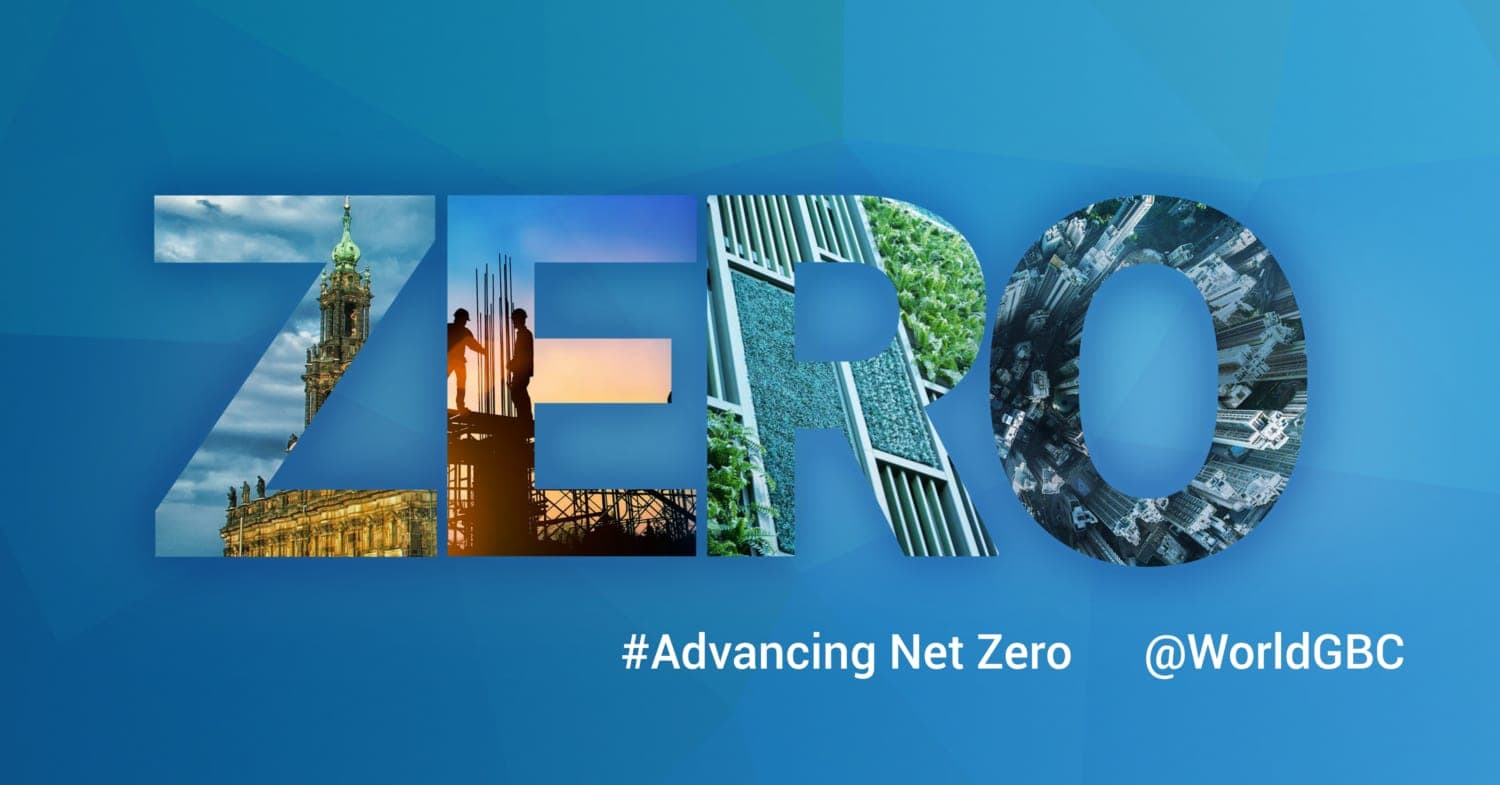
Thought
Why Invoices Might Be the Easiest Data Source You’re Not Using
Getting hold of reliable utility data manually is far from easy (not to mention, time-consuming). But there is a quick-coverage option hiding in plain sight: invoices.
They’re already coming in, they already contain the data you need, and with the right parsing setup, they can do a lot of the heavy lifting – fast.
A Smarter Way to Surface Utility Data
Bills show up regularly, without fail, filled with valuable usage information. Instead of waiting for someone to enter a consumption value into a shared spreadsheet, invoice parsing quickly extracts your data straight from existing utility bills. It delivers reliable coverage across multiple geographies, without being dependent on on-site access or local routines – parsing works no matter where they were created, or when they were created.
Ever found yourself searching for historical data right before reporting deadlines? Old invoices don’t disappear – they sit quietly in inboxes and file cabinets. Parsing taps into these hidden data gems, letting you fill gaps (or entire reporting periods) easily.
Transparency is another key benefit. Investors, auditors, and internal teams all need evidence-based insights. Invoice parsing frees you from relying on mystery cells in spreadsheets – instead, you’ll have a clear link from every data point directly back to its original source document.
“There’s inherent quality built into invoices. They’re contractual documents, a formal record of what was agreed upon and paid for. This contractual quality gives invoice data a reliability that can significantly improve reporting accuracy and compliance.”, says Linnea Damber, Product Manager at EVORA Global.
How Our AI-Enhanced Parsing Works
Our invoice parsing approach is carefully controlled, combining AI power with structured oversight – every step of the process involves specific checkpoints, enabling detailed error identification and correction. If something doesn’t parse as expected, we can quickly see exactly where and why the mistake happened.
Importantly, our system is set up with provider-specific parsing instructions, which dramatically improves accuracy and reduces errors down the road. Because invoices aren’t consistent; layouts can change, and different providers use different terminology.
“We set up our parsing process so that we’re always in control – we don’t just let the AI run wild. Each provider gets its own specific parsing instructions, and we go quite deep with these instructions. They’re detailed and tailored, not just general rules, which ensures accuracy even when invoice formats vary significantly.”, says Linnea Damber.
When we develop these rules, we start by testing the parsing process with a small batch of invoices from each provider. We check the results carefully, adjust where necessary, and continuously improve our parsing rules and processes. Continuous improvement is baked into how we work – every new invoice, challenge, or edge case makes the system sharper.
We primarily use advanced language models for data extraction, because even though we’re extracting numbers, they’re always presented within a linguistic context, making language-based models the best choice for extracting the data.
It’s important to note though; the AI doesn’t perform any calculations or conversions. It strictly identifies and extracts relevant text-based data. All conversions, validations, and summations happen within our data management platform. This separation ensures reliability, reduces the risk of AI-generated errors, and maintains accuracy and standardisation across your portfolio.
Challenges with Invoice Parsing
Invoice parsing isn’t flawless as quality issues with invoices can be problematic. Some scans are blurry, poorly formatted, or otherwise hard to make out – though our models have on occasion even surprised our engineers by interpreting text we didn’t think it’d be able to.
These imperfections can confuse automated systems, potentially leading to missed details. But that’s exactly why our parsing process doesn’t sit in a black box. Human oversight complements AI capabilities, reviewing tricky invoices manually to ensure accuracy and tweaking the system to better handle similar issues in the future.
One of the biggest hurdles often sits internally for our clients; simply figuring out who holds the invoices. In many organisations, utility bills are handled by local teams, buried in accounts payable workflows, or spread out across regional offices. If you don’t have a centralised system for collecting or sharing invoices, you might need to start by looking at that process. But here’s the upside: once you’ve mapped out where your invoices land, you can simply set up a secure File Transfer Protocol feed so that invoices flow to us automatically for continued parsing.
Get Started with Invoice Parsing – Your Quick Route to Data
If you’re still working in spreadsheets or chasing missing data across teams, it’s worth asking: why not use the invoices you already have?
With the right setup, they become a low-effort, high-reward data source. You get faster visibility, fewer mistakes, and a clean audit trail – regardless of location. It’s a practical move that helps reduce risk, protect value, and back up your reporting with confidence.
Reach out to us if you’re interested in learning more.













